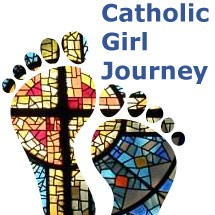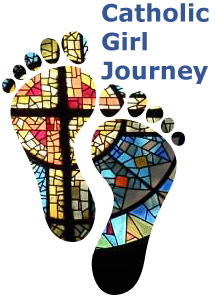Most Christians, regardless of denomination, will agree that in order to be called a Christian, you must first accept Jesus as Lord and Savior. But what does this mean and how does one do so?
The question of who Jesus is goes way back, all the way to the time of Jesus, Himself. To some, He was a miracle worker, healing those brought to Him. To others, He was the greatest teacher of all time, “for He taught them as one having authority, and not as their scribes.” (Matt 7:29) But to His closest disciples, He was more than a teacher, or healer, or even a prophet. He was the Anointed One, the Messiah; the Son of the Living God. Peter proclaims this on behalf of the Apostles in Matthew 16:16 and in John’s bread of life discourse, when others fall away because they find it too hard to believe in eating His flesh, Peter remarks that there is no place else to go, since Jesus has the words of eternal life. (John 6:68) As the early Church grew, it had to face heresies like Docetism, which claimed that Jesus was not fully human, only divine, and on the other side of the scale, Arianism, which taught that Jesus was created and not fully divine.
After 2,000 years, we can see not only the full story of Jesus but all the miraculous wonders it brought about since His time on earth. While I would like to say I would have believed in Jesus if I lived at the same time as He did, it’s impossible to know what choices I would have made. I’m grateful that I’m in the time and place I am and that I can lean on the Church and her history to have the wisdom to believe Jesus is the Son of God. Yet there is not just one title that fits Jesus in all that He is and does. One may argue that as Jesus is God, that should be sufficient, yet it lacks the acknowledgement that He took on flesh and lived on earth, not to mention His Passion, Death, and Resurrection. Even in the Nicene Creed that we reaffirm weekly at Mass, it’s not just a few titles that we use to describe what we believe about Jesus, but rather detailed aspects of His life and being, many of those included to combat heresies that seem to be cyclical in their appearance.
I’ve heard our modern times labeled as post-Christian. While secularism does seem the most popular way people live, there is often an appreciation for Jesus as a teacher or prophet. Yet this boils down Jesus to a nice guy who did good things. Perhaps that is a necessary step to having a belief in Jesus, but it does not go far enough. To make Jesus our Lord means that we put His teachings first, not picking and choosing which teachings we want to follow, but reorder our own desires to align with Jesus and His commandments and beatitudes. In a culture that demands to put ourselves as the most important consideration, Christianity is contrary in that we put self last, so that God and neighbor come first.
When we claim Jesus as our Savior, we acknowledge that we are sinners and need to be saved. The whole point of Jesus becoming human was to offer Himself, the only pure human, for the remission of sins against God. He had to be God in order to align the events of the Last Supper, the Crucifixion, and the Resurrection together. Jesus had to be human because it was for humanity that he took upon Himself the actions necessary for our redemption and to bridge the gap between humanity and the divine.
Each time we celebrate Mass, the sacraments, and pray, we are acknowledging Jesus as Lord. When we allow Jesus to rule in our homes, our hearts, our lives, and our choices, we honor Jesus as Lord. When we prepare and receive the sacraments of reconciliation and the eucharist, we are seeking Jesus as our Savior, the only one who can take away our sins and make us new. Accepting Jesus as our Lord and Savior is not just an intellectual thought, it is a belief that changes us to become the best version of ourselves because we follow where He leads.

